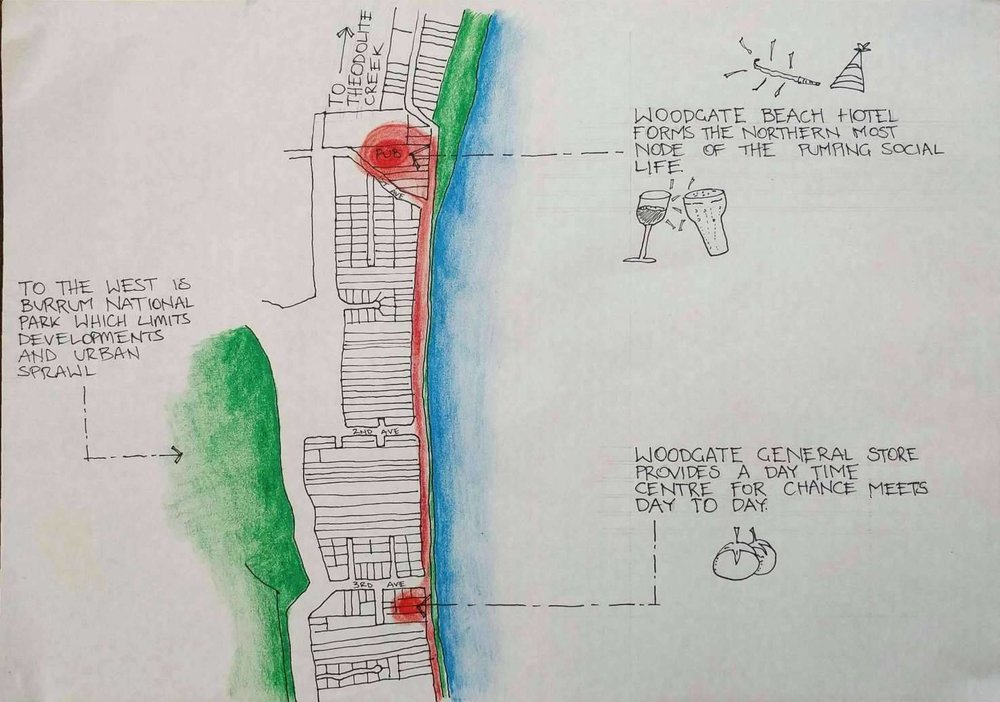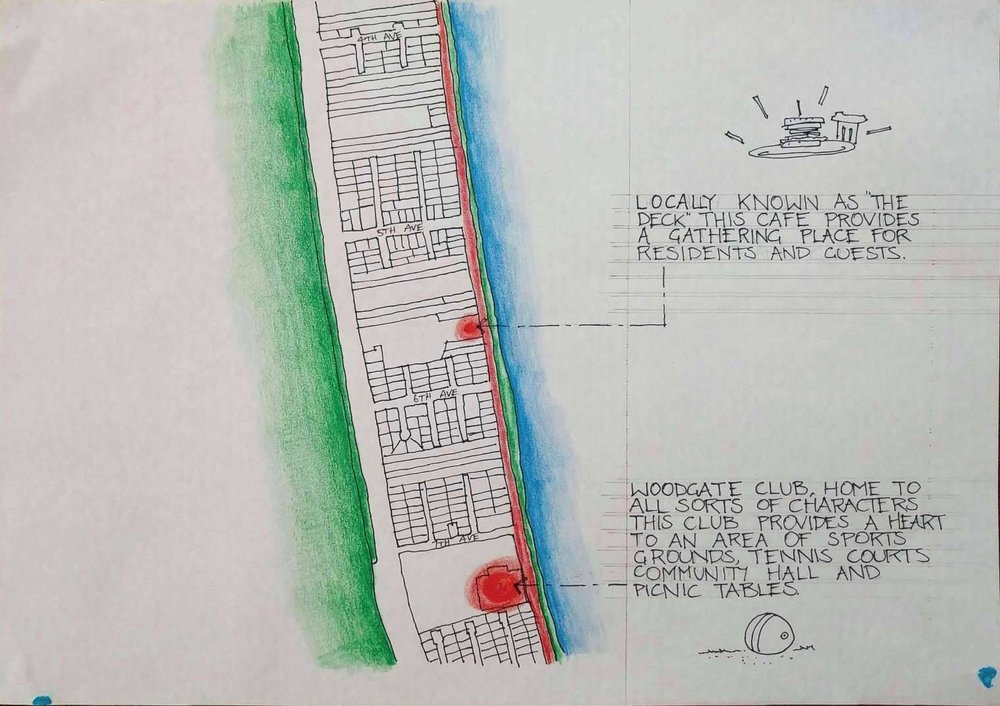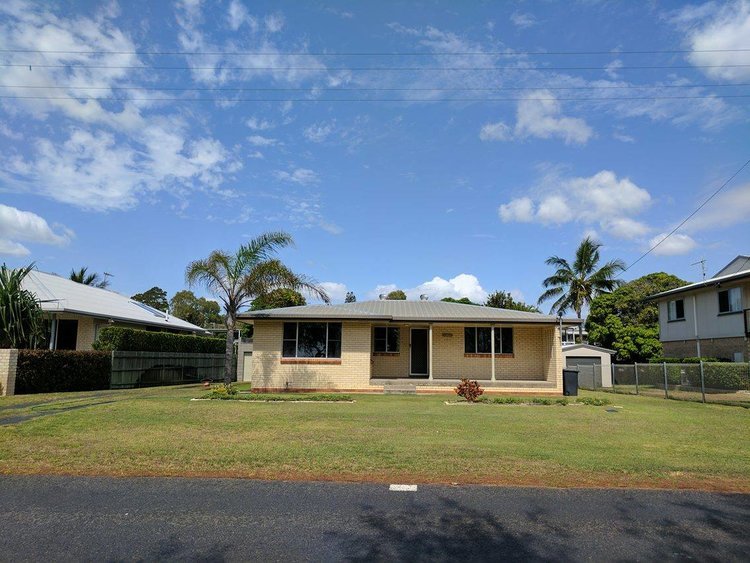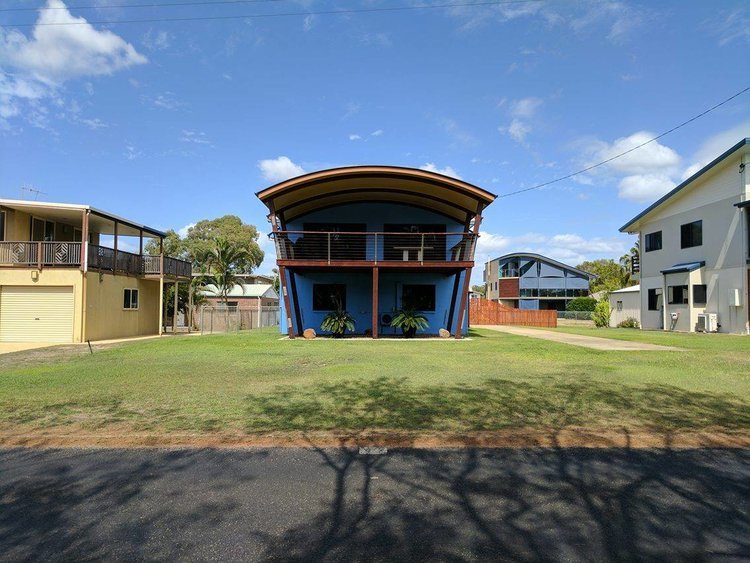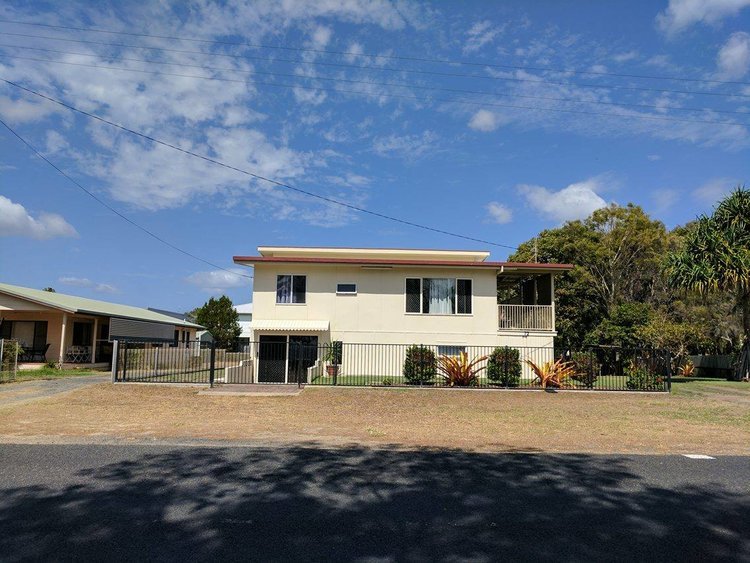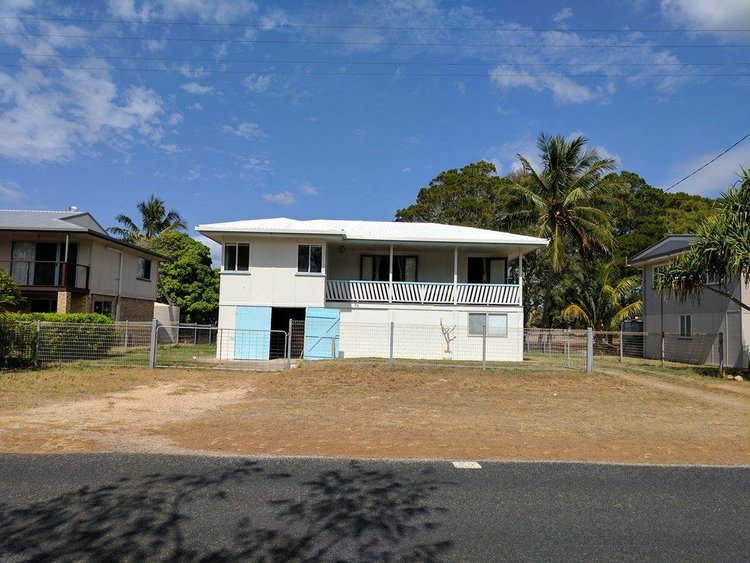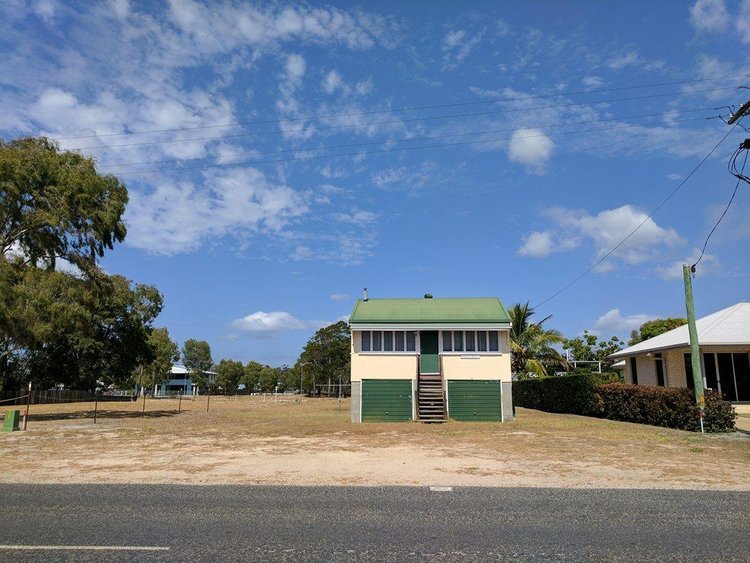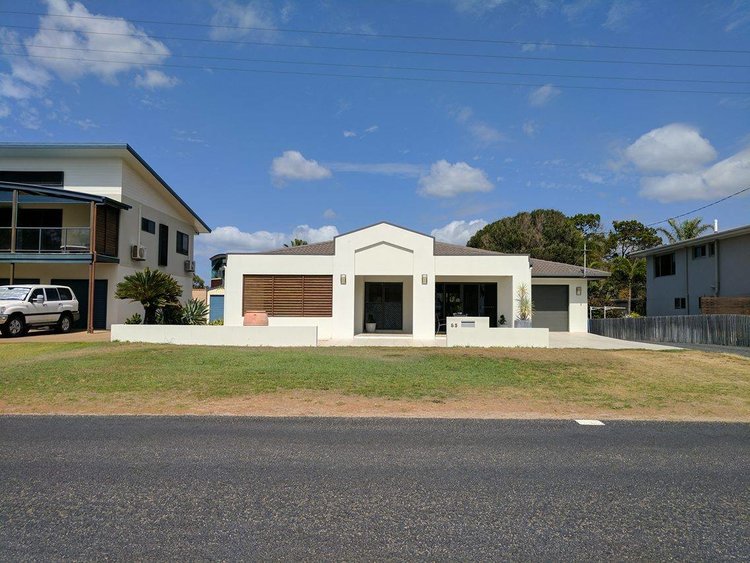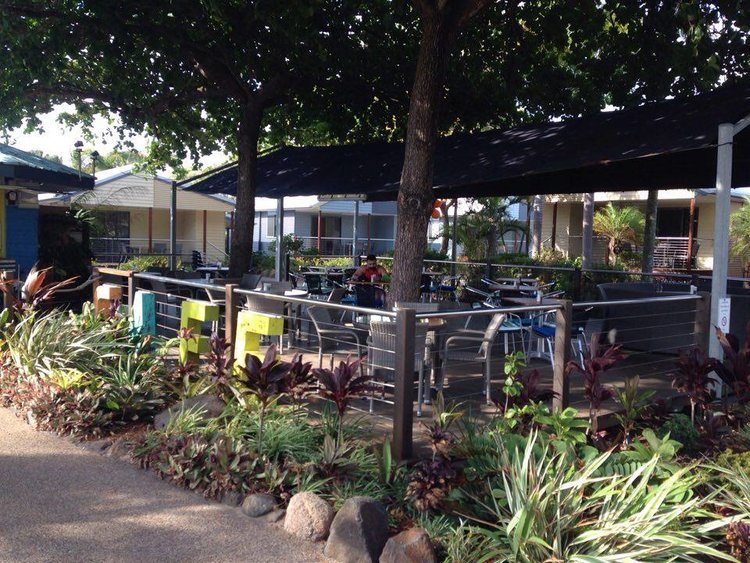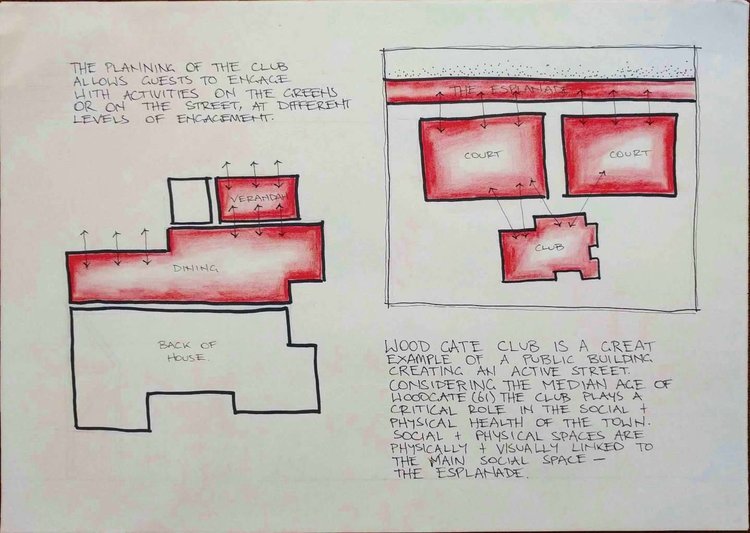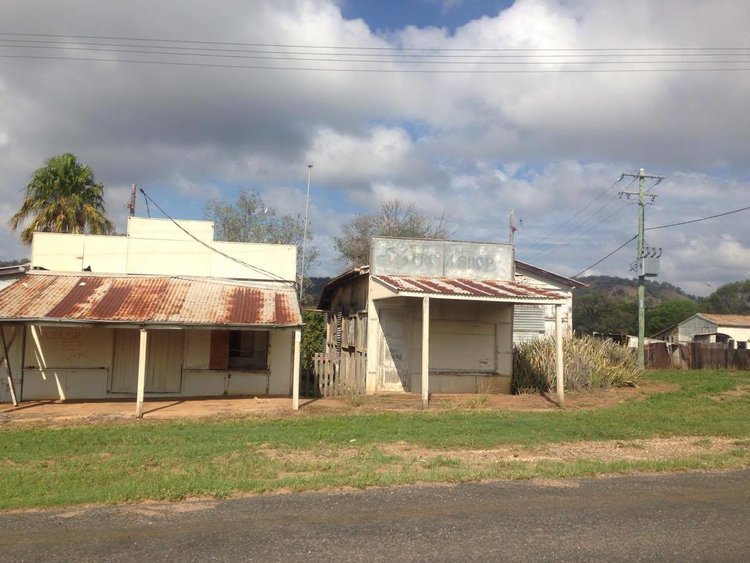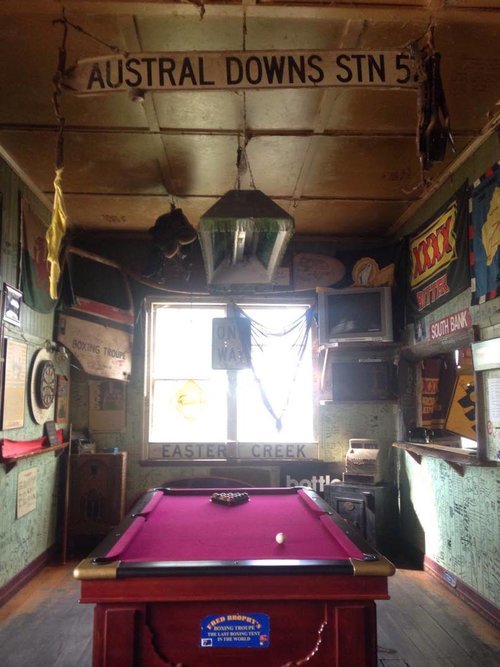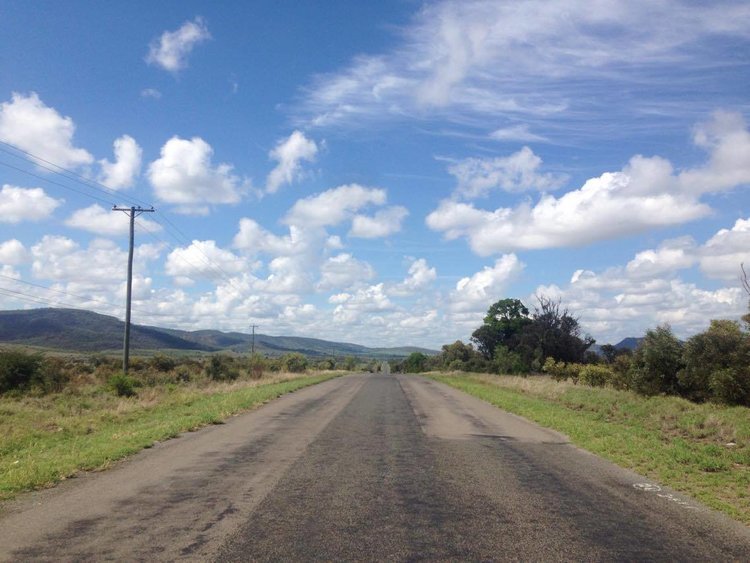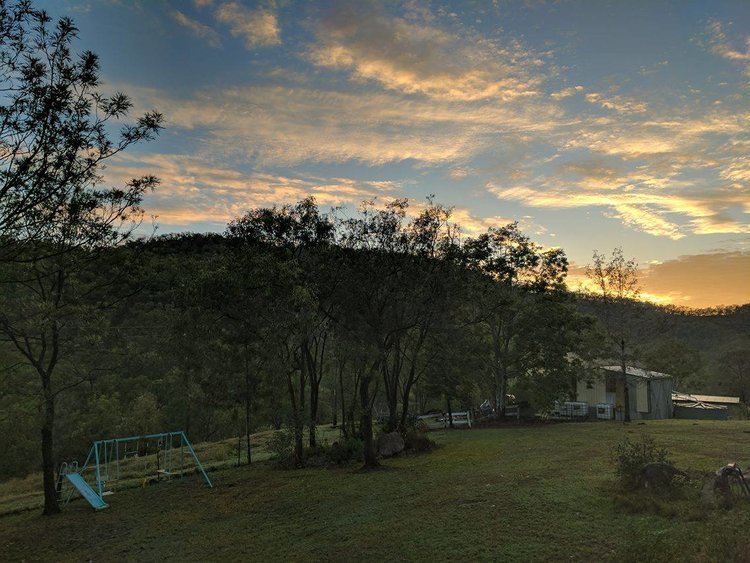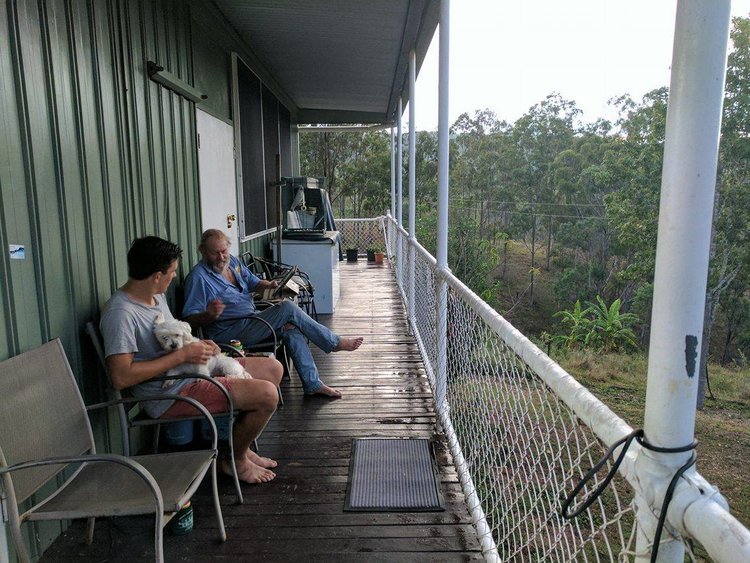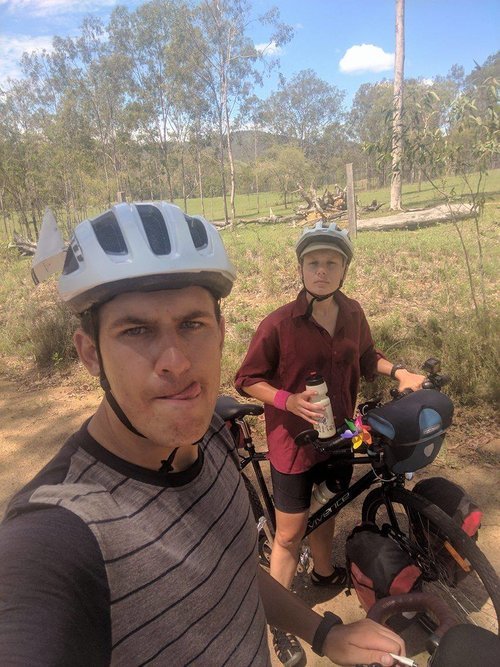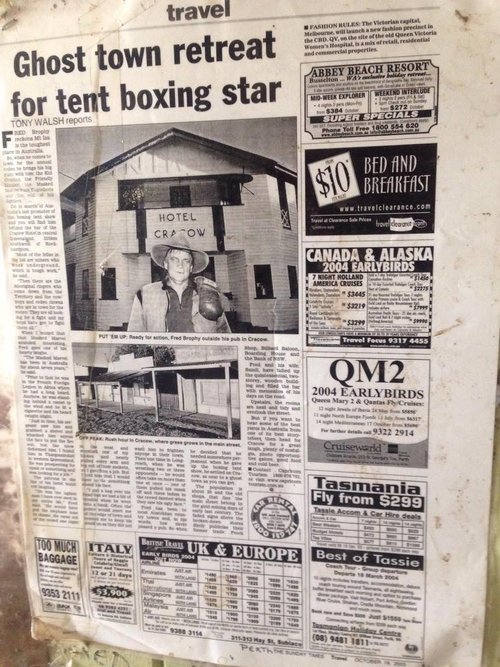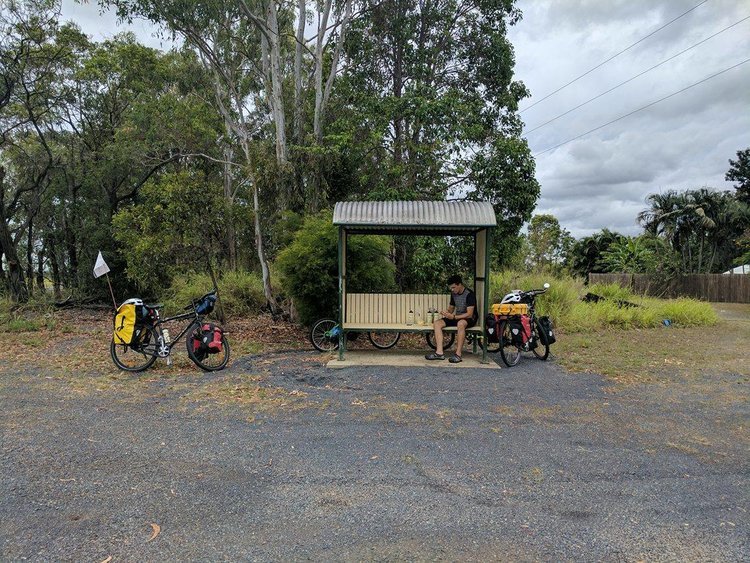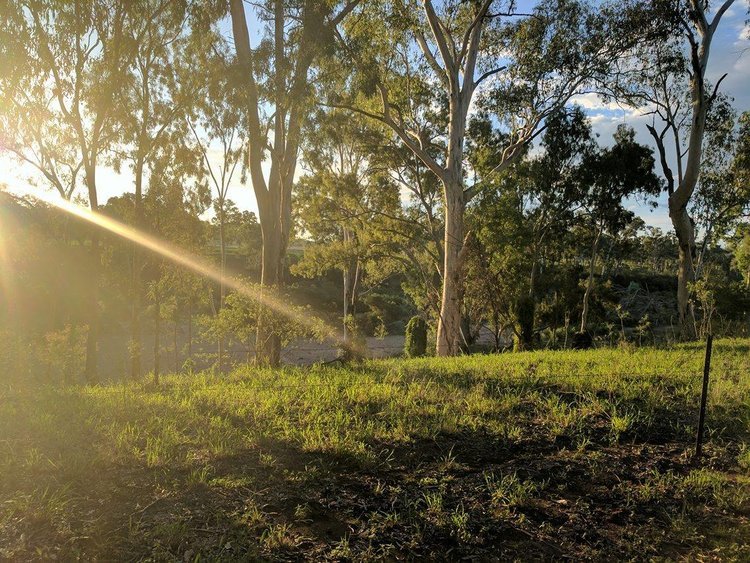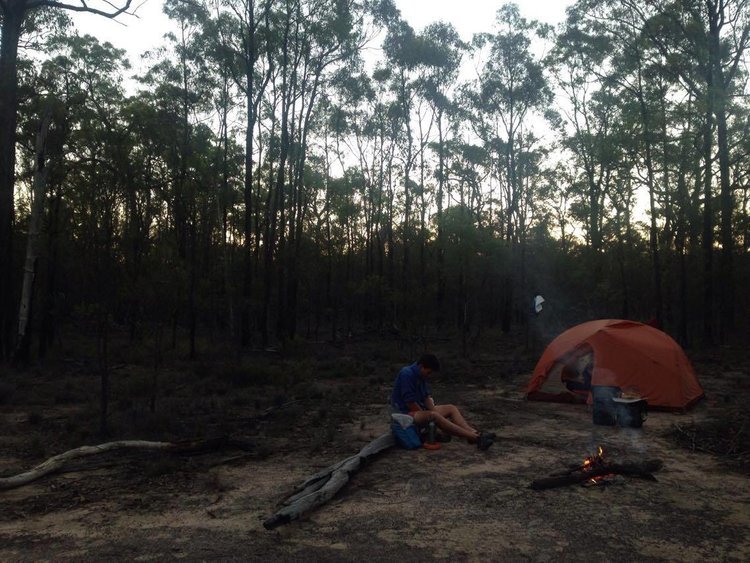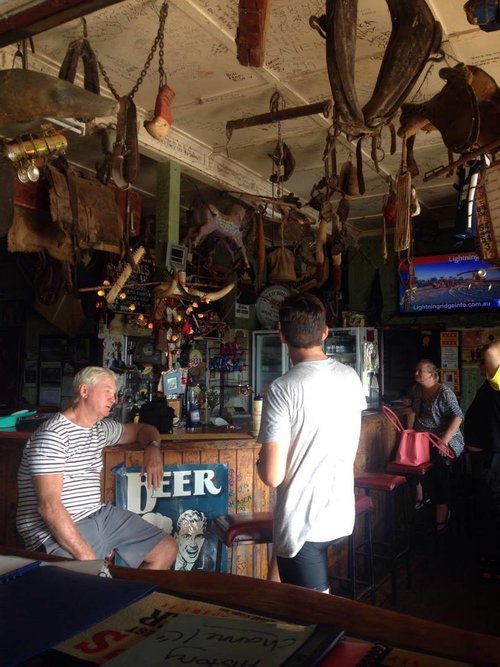The Grand Section Guardian #004 - Stop 02, Woodgate/MARCH 20, 2017
Place
Sleepy Woodgate, yawn and you’re moving too fast, blink and you’ll miss it. However, If it’s not your destination you won’t have heard about it.
A part of the traditional land of the Kabi Kabi people, the local Dundaburra tribe is noted to have resided here for last 50,000 years. Indicated by the many middens along the Burrum river, their diet was varied with large amounts of shellfish. Local history states the Dundaburra would partake in the Bunya nut feasts on the Bunya mountains, some 220kms away (close to Toowoomba). In researching though, their presence is a miss.
White fellas arrived in the area in 1850, less than 170 years ago for farming prospects. The Childers area was used for farming sugar cane where Woodgate itself was earning a reputation as a growing beach resort. And so come today it is still so, a beach resort cum retirement village.
Due to a lack of economy and minimal work opportunities, Woodgate is a place for hobbies and socializing where the pace of life and the hour slows. The importance of public spaces are emphasised, becoming a vital part of resident’s daily and weekly routines; The Bowling Club, Pub, Café’s, community hall and beach front. ‘The Esplanade’ (the street directly parallel the beach front) becomes the living room of this 3 block deep town. It’s where the action happens. The place where the social interaction and the daily habitual routines take place. Public engagement through these nodal points.
A small bank of pioneers plants and mature casuarina’s parallel to the 16km beach of the sheltered bay, The Great Sandy Straight provide a wind break and shade atop a winding paved path its entire length. About 100 chairs from plastic to timber to the council implemented variety dot the bank, almost one for each house. It’s the way here, do as you leisurely please. The water is calm, very few ‘waves’, no sideways banksias like the east coast of K’gari with prevailing winds SE and prevailing orientation E facing the view.
The Beach front section, water through to The Esplanade and first block. Ages of substrate Woodgate resides on, ground water, sea water and the connection of it all.
The town and coast line sits atop a bed of Holocene coastal sands which developed over the last 10,000 years old, younger than the local indigenous inhabitants. The older below layer of Pleistocene sands rise to the surface about 800m from the water’s edge. The town sits atop an aquifer where the water level sits shallowly approximately 3-4 meters below the surface. A predominant amount of land parcels having shallow bores, the groundwater extraction is lucrative and steadily has increased with time and population.
Owen was sure to note in his drawing, “The subtropical climate makes beer taste good – year round”
People
The median age is 61, which gives context to the slowed pace and lifestyle. The slowness is what it’s all about.
The seasonal flux of people is one to mention. Resident population is approximately 1000, come holiday period especially Christmas & New year’s Wayne told us “if you haven’t booked your rental by now you’ve missed out”, population hence inflates to 5000 or so, the town JUST capable of withstanding. Even an average weekend, noticeably has a different dynamic. The caravan park itself inflating to more than double guests than through the sleepy week. The police were out (helmets on!) and so were the 4WD’s and eskies.
We met Gary, the owner of The Woodgate Beach Tourist (caravan) park and long term Woodgatian of 16 years. The man knows the place inside and out. Sitting at the Serenity Cove Café along side his managers he nodded and greeted many regulars sharing their habitual routines. He gave us much of our knowledge of the place, people and buildings. He owns the two masonry houses adjacent the caravan park, one a holiday letting where he told us the benefits and downfalls including adaptations over time such as the front deck. His managers Andy & Kirsty are of a different generation and not being locals have an interesting perspective of Woodgate. They were quick to jump on board and give us a hand where needed.
Wayne Willey, a local real estate agent (one of three) whom we interviewed late last week came to see out exhibition as he loyally said he would. A local of 8 years or so, and very knowledgeable especially in regards to what influences where people live. This not only comes from his professional work but his own house which he designed by via a scale model that was left outside for a year to see if it would work as envisaged. He says he wouldn’t change much except the size – he is looking to down size and down scale like most residents of Woodgate who are setting themselves up for the future. “Two knees needing replacing” is no good in a two storey place. Wayne says it is mostly about functionality over aesthetics, although he tells us ‘the beach shack look’ is sought after of current. The supply is there but no demand, one in four are holiday lettings and many for sale. Living is cheap, real estate is cheap, but no economy.
Andy the manager of The Club said he saw the sign to Woodgate and turned off. He drove in town saw the beach and has never looked back since. Like most Woodgatians, Andy and his wife are very interested in the (lack of) pace, having always lived on the beach, the further north he gets the less the swell gets (perfect for getting older). He tells us of the towns patterns; The bowls competitions during April and October and the cooler, calmer winter months July and August bring in “southeners” (for 4-6 weeks at a time), swelling the town’s population, trade, social activity. The club has a membership of about 600-700. And maybe only 100 bowlers, clearly “it plays an important part in the community but not solely for bowlers” Andy also laughs about the limitations of a small town stating “if you cut your finger here and by the time it reaches the other end of the village you have lost your arm”.
But if you think Woodgate is all a bit too relaxed. Check out these cheeky locals! Here another local Contests Alans comments on the negatives of presence at times of 'destructive' youth.
Stuff (Architecture)
“What Architecture?” we asked. Lacking a consistent style where emphasis is on functionality not aesthetics, with few buildings responding ‘well’ to the environment we noted the most important aspect to be the social connection - The low scale, front verandah where you sit of an afternoon and wave from or shout out to passersby’s from. So there it is, our approach. To look at the edges of the ‘living room’ (The Main Street, The Esplanade) and the elements that make up the interaction and to understand how people live. We looked at use patterns, design principles and elements, materials and styles and made some recommendations.
There are social nodal points along the Esplanade that create social hot spots that pull activity from the otherwise sleepy streets. The Club, The Pub, The Café and General Store/Takeaway Shop share Woodgatians social routines, limited variety ensures all options are used. The houses along the Esplanade act as a medium to continue social engagement; “Hello”, “ow you goin?” and “you two are very energetic” sail from balconies, verandahs and porches to people along the street, walking, riding or driving (slowly, always slowly).
The town follows no design trend or clear style, the evolution from midden site, to beach resort has been organic, one can’t help but think the fishing shack, slap it up with whatever approach is still in the laid back psyche of the town.
Through our study we found that house designs were almost inconsequential. Poor ventilation, little or no eves, planting almost non existent, “we don’t want them to get in the way of the view”, and orientation dictated by the view, (in response to proposing to orient houses north we were told it was too hot), show housing to be almost an afterthought. The small scale, street verandahs and wide streets with buffering trees to the breeze indicate the prominent social connections that the town thrives on.
Exhibition
The bowling club Monday 13th March, 12-4pm. 14 ladies, the eldest 96 years playing Bolivia the entire time. Their chatting and card banter “come on hit me with something interesting”, the back drop to our otherwise silent exhibition with visitors few and far between. Wayne Willy loyally came along, interested and excited where we gave him a one on one presentation.
It was afternoon tea time for the ladies, with their half strength coffees in hand we presented part with a microphone to the group, the stood still bar staff and stragglers. They were so incredibly interested with a confirming ‘YES!’ and laughs at times to observations we had made or statements said. There were many questions before resuming cards. The experts had given much feedback and said we nailed it.
The highly entertaining Bolivia Card Ladies at The Woodgate Club. (One of their own shouts) "Okay ladies, this time we yell sex!...*giggles*"
As a response to studying the wonderful Woodgate, we came up with some recommendations,
More external shading which can reduce heat gain by up to 90%,
Orient towards N and E to control sun and capture prevailing cooling breezes from the SE and NE,
Louvres provide excellent air flow which is crucial to sub-tropical comfort,
Plant some trees to buffer strong winds, lower ambient temperature, reduce sand being blown around, give you a reason to get active and garden,
Keep verandahs to the street, to continue social engagement and to keep an eye out for anyone to play bowls with and continue to encourage slowness
Small scale provides pedestrian friendly streets and is easy on the knees
Use the whole street, protect the trees that line the beach, they stop sand blowing into the town and buffer strong winds.
The quality of the exhibitions though are improving, and how we interact with the locals is ever developing and becoming increasingly site specific - knowing your audience is key. This one was in a linear fashion, one long line of drawings along the wall. Bigger, bolder and more consistent headings with ‘less’ information. Onwards and Upwards, learning is inevitable.
In Transit (in reflection)
Next stop Theodore, 6 days riding. Challenging terrain, hefty uphill undulations awaited us. Little did we know the amount, culprit was the tail end of The Burnett Ranges alongside The Great Dividing Range further inland. Travelling through Waka Waka country (area 10,700 sq. km) we found ourselves in Mt Perry where we had a serendipitous happening at the pub. Meeting Glen an uncle of a friend of Owen’s from Lithgow, his 900 acre plot hosted us for the evening. He gave us the local knowledge of the place and quad biking along his ridge line we truly were able to understand the rolling topography of the region and the overwhelming presence of logging. Onward through Eidsvold and the Burnett river to Wulili country (area 8,300 sq. km), a stay in The Borania State forest, water top up at Cracow and the mostly downhill, relieving stretch to Theodore. We learnt a great deal of the significance of the nomadic Fred Brophy’s boxing troupes through the areas, the existence of ‘Evolution’ Gold mines (and again the multitude of ‘dongas’ as housing) amongst picturesque landscapes. The power of the bicycle is proving itself, not only do we smell the change in country and hear the change in birds and frogs, we feel the moments of contraction and release in the topography, tree varieties and presence of inhabitation. People shout from the road, "There is a big one coming up" and conversation is spurred immediately whenever stopped side of road or flopped in a chair in the towns main street, "Where are ya goin?... Ya doin what!?".
Theodore, a part of the Banana shire, a town built on water and home to a ‘community owned’ pub with everything feeding back into the local town– what a model hey? Stayed tuned for stop #03.


